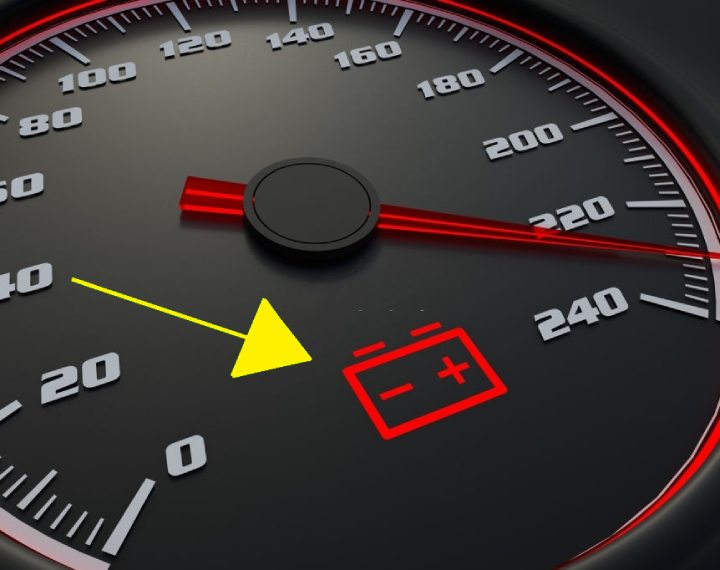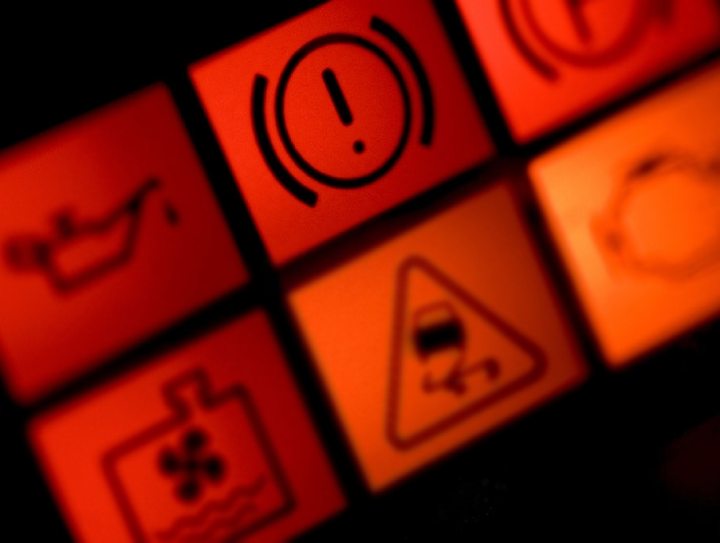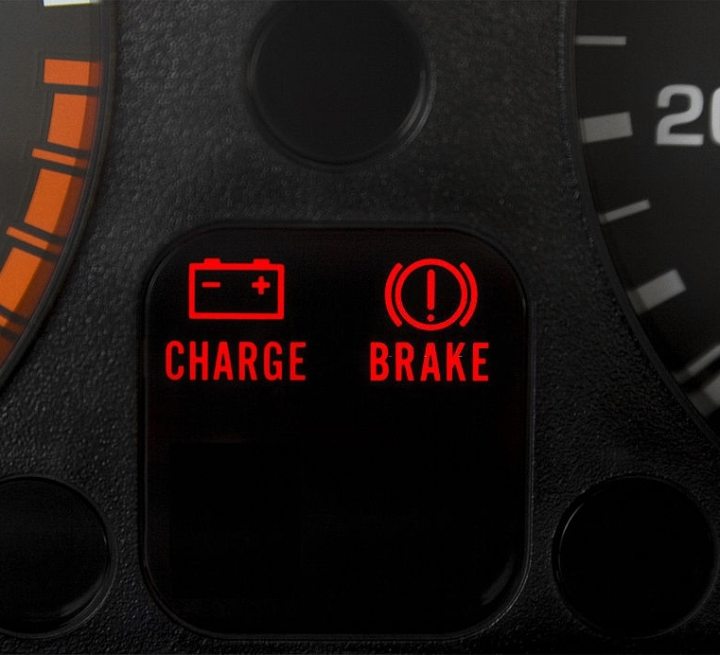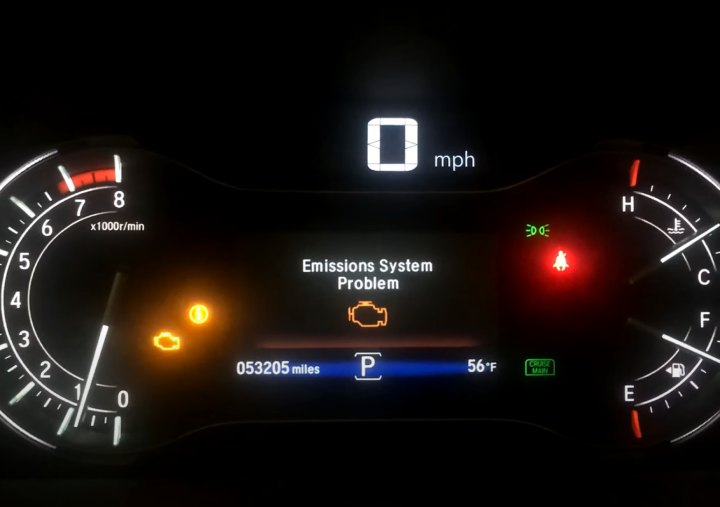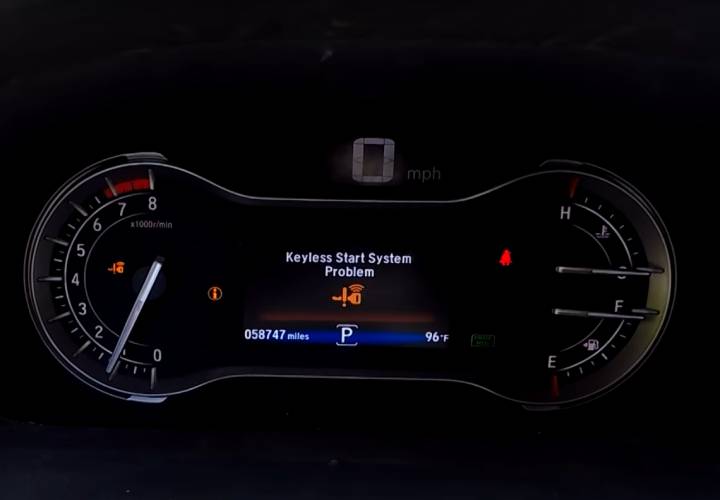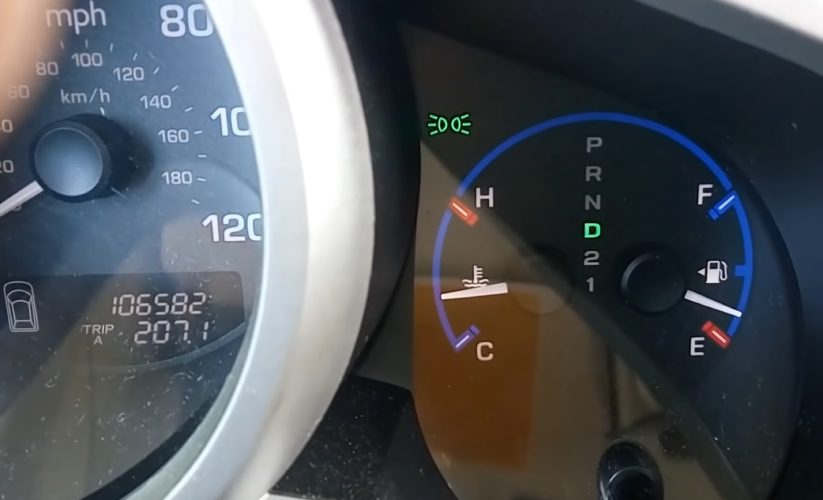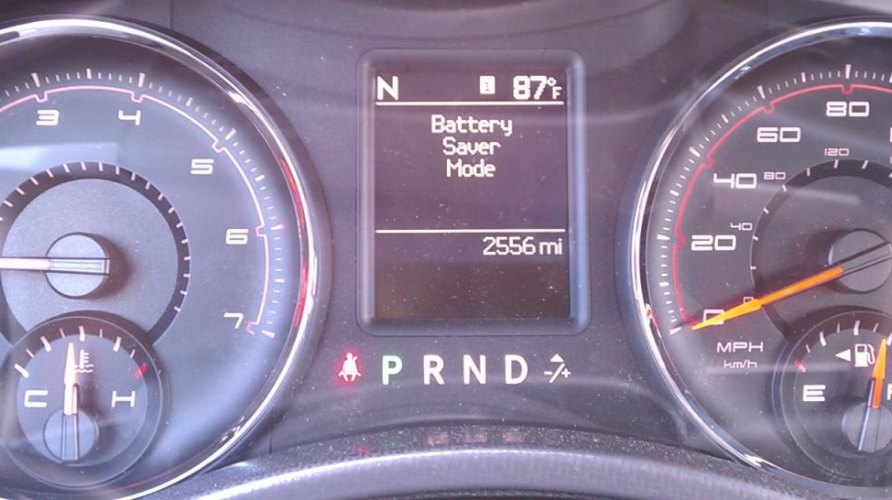Cars are designed to have systems that check, correct, and balance the different components. An example is the TPMS which ensures your tires stay fully inflated. TPMS (Tire Pressure Monitoring System) is a built-in system used to monitor the air pressure in your tires.
What does it mean when the light is on?
The TPMS light on the dashboard comes on when the tire air pressure falls below the recommended limit. The air pressure in your tires might fall for different reasons, but mainly due to extreme weather conditions or a tire leak.
- What does it mean when the light is on?
- What can cause the TPMS light to come on?
- When the light is on, and the pressure is correct, what does it mean?
- How to reset the TPMS system?
- How to diagnose bad TPMS sensors?
- What can cause the TPMS sensors to fail?
- Cost of replacing a TPMS sensor?
- Should you change all four sensors or just one?
- Conclusion
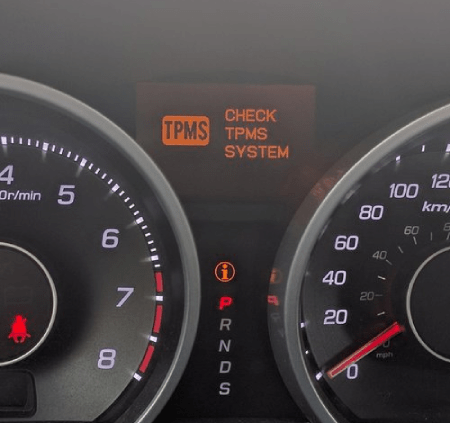
What can cause the TPMS light to come on?
The weather condition
This is a very common reason for your tires to lose air pressure. The drop in temperature or air pressure outside might directly impact the pressure of the tires and cause them to be underinflated. The lights mostly come on in cold temperatures because, in winter, the pressure in the tires drops quite often.
A tire leak
If there’s no temperature change, the only thing that can account for a decrease in pressure is a leak in one or more tires. A leak can be caused by various things such as normal wear and tear of the tires resulting from aging, the tires getting torn from the force of a sharp object, or deterioration of tire due to rough terrain driving.
Related content: What does “check VSA system” mean on Acura?
When the light is on, and the pressure is correct, what does it mean?
There are times when the TPMS light comes on even when the pressure in the tires is correct. There are several reasons this might occur. One of them is when the engine of the car is turned on. All the lights on the dashboard board temporarily come on for a few seconds before going off. This is to ensure that all the car parts are working well.
The lights might also come on when something with the TPMS itself. The lights come on to alert the driver that the system is malfunctioning. Therefore, when driving and you see the lights come on, you should check the conditions of your tires first, but if your tires are in good condition, the problem might be with your tire pressure system itself. In other cases, your TPMS might be fine, but the sensors located at the tire position might be damaged, and this might cause the TPMS system to read this as an error and cause the lights to stay on.
Your TPMS lights might remain on if you have just had a recent tire change. The reason for this is the change in the tire’s position; hence the sensor reads something different. This can be adjusted by driving around for a few minutes to allow the tires to reset. If this does not work, your tires might require calibration at a mechanic’s workshop.
How to reset the TPMS system?
If your TPMS lights come on, you should check your tire pressure. If they do, inflation to normal air pressure will cause the lights to go off. However, if the lights refuse to go off after inflating your tires, you might try other methods.
Inflate your tires and deflate
You can inflate your tires to 3 PSI beyond the required amount, then deflate them completely. After deflation, inflate them to their normal air pressure. This should help reset the system to normal.
Drive at 50 mph
You could try driving around for about ten minutes at or above 50 mph. this might cause the sensors located at the tires to reset the next time you turn the car on.
Try disconnecting the battery.
Turn the car off, then disconnect the battery at the positive cable. After disconnection, try honking the vehicle to drain any power left. Then reconnect the battery and turn the car back on.
Use the TPMS reset button.
Turn off the car, then tilt the key to the ‘on’ position but not start the engine. Locate the TPMS reset button, press it down until the TPMS lights blink about three times, and then release the button. You can then start the car but wait for about 20 minutes to reset the system’s sensors. If you do not know where the TPMS reset button is located, you can check your car’s manual, but the button is usually found below the steering wheel.
Related content: Everything You Need to Know About the Acura B12 Service
How to diagnose bad TPMS sensors?
If your TPMS sensors are bad, there are specific symptoms you might notice. These are:
Reduced air pressure in tires
Your sensors must be bad if your tires are underinflated when driving, but you did not receive a warning light on your dashboard. This is because the main purpose of the TPMS sensors is to detect reduced air pressure and report it immediately to the system, which alerts the driver with lights on the dashboard. Thus, if this doesn’t occur, the sensors must be faulty.
Inappropriate warnings
The TPMS light goes on even when there is nothing wrong with the tires. This might result from a faulty sensor(s) that sends false signals to drivers. When this occurs, you should take your car for a check-up as it might result in potential problems.
What can cause the TPMS sensors to fail?
A TPMS sensor mostly stops functioning correctly due to age-related deterioration and a bad battery.
Weak battery
This is the primary cause of TPMS sensors’ malfunctions. A TPMS sensor battery can last for about 5 to 10 years before it stops working.
Can you change batteries in TPMS sensors?
No, you cannot change batteries in most TPMS sensors because most sensors are designed with inbuilt batteries that are irreplaceable.
Related content: Why Does My Acura Say “Check Emission System”?
Cost of replacing a TPMS sensor?
The average cost of replacing a TPMS sensor is about $40 to $100. The average cost for replacing all sensors will be $160 to $500. This estimated cost includes both the sensor price and the labor cost. The labor cost is about $10 to $30 per sensor.
Should you change all four sensors or just one?
If you detect one of your sensors is bad, you do not have to replace all four. Only the bad sensor should be replaced. So how do you know which sensor is bad? You can easily detect this by scanning your vehicle with an OBD2 scanner that reads the car’s ECU and the TPMS. When replacing your sensor, you might consider going for an OEM sensor as they tend to be pretty reliable.
Conclusion
If you notice your TPMS lights are always on, it is essential not to disregard the warning as it might indicate your tires’ air pressure below the standard limit or a potential problem is lurking.
Every since I was a little boy, I can remember spending the afternoons in my dad’s repair shop. I got my first car at 16 and it was the best feeling ever!
I have contributed to various automotive publications but decided it’s finally time to settle for something constant.



